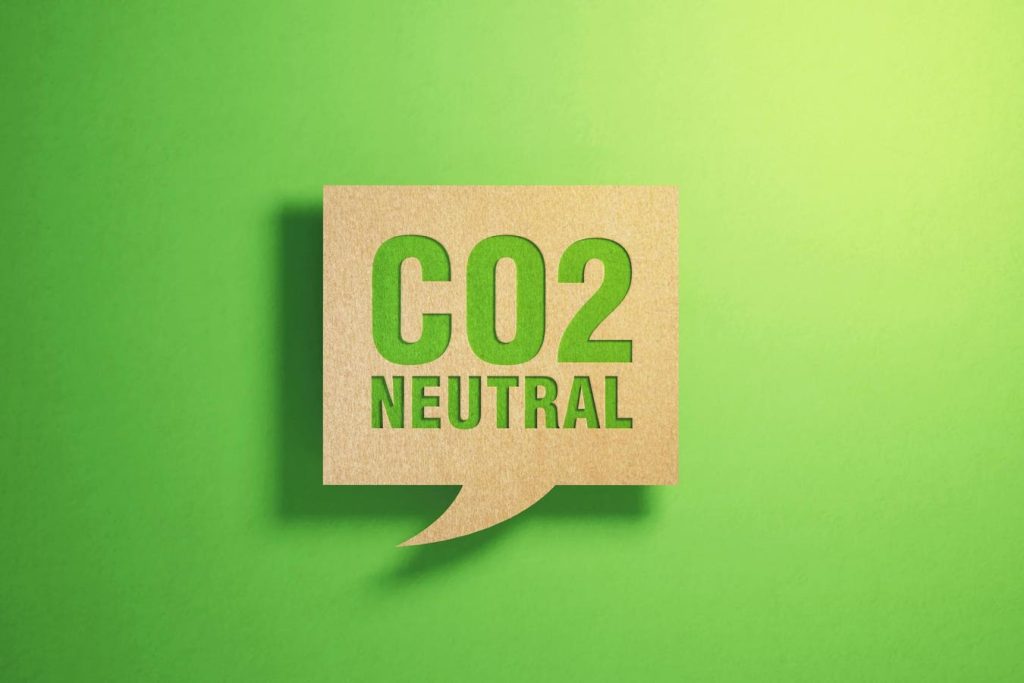The term carbon neutrality has gained attention over the past year, with many products and companies branding themselves as carbon neutral, leading to concerns about greenwashing and the authenticity of such claims. Even Apple’s new watch range, marketed as carbon-neutral, faced scrutiny. Understanding the definition and criteria for carbon neutrality is crucial to demystify the confusion surrounding this topic, especially as the landscape of what is included in carbon neutrality is still evolving. Only when revised standards provide more clarity will a final verdict be reached.
Experts define carbon neutrality and net zero CO2 emissions in the same manner on a global scale, where man-made CO2 emissions are balanced by the amount of CO2 removed over a specified period. However, at the sub-global level, differences in the definition of carbon neutrality and net zero are influenced by territorial responsibility. The ambiguity surrounding what should qualify as carbon neutral, even among key bodies, stems from various factors, including uncertainty about the inclusion of carbon credits in neutrality claims which is up for debate.
There is ongoing debate about whether carbon credits should be included in carbon neutrality claims, with most experts supporting claims based on emission reduction impacts within the value chain, not on using carbon offsets elsewhere. The EU Parliament has passed a regulation banning greenwashing and carbon offsets in neutrality claims from 2026 onwards, highlighting the importance of focusing on the emission reduction impacts within the value chain. However, the global stance on using carbon offsets for carbon neutrality remains ambiguous.
Recent developments, such as the statement by the Board of Trustees of the Science Based Targets Initiative permitting the inclusion of carbon offset credits within the value chain, have added to the ongoing debate. This announcement marks a significant departure from previous stances taken by the SBTi, with the forthcoming revised standard being the defining factor. The revision process involves a research team and technical experts approving standards according to well-established procedures. The unresolved issues surrounding the inclusion of carbon offsets in carbon neutrality claims need to be addressed for effective use of the term.
While the jury is still out on the matter, recent developments suggest a positive direction towards addressing the confusion and generating momentum for climate action. The increased public, government, and organizational responsibility in figuring out the best steps forward indicate a growing awareness of the importance of achieving true carbon neutrality. By working together and focusing on emission reduction impacts within the value chain, we can hope to move closer towards a more authentic and impactful approach to carbon neutrality.













